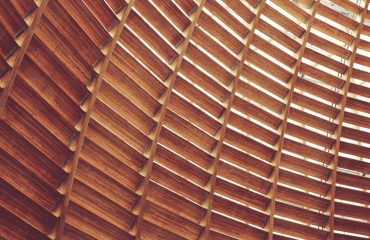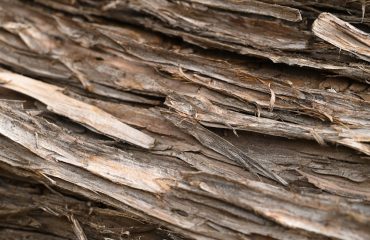body { font-family: sans-serif; line-height: 1.6; }
h1, h2, h3 { color: #333; }
img { max-width: 100%; height: auto; }
Steel, a material synonymous with strength and versatility, forms the backbone of countless structures worldwide. Designing steel frames, however, is a complex process requiring a deep understanding of structural mechanics, material properties, and relevant design codes. This comprehensive guide delves into the intricacies of steel frame design, offering insights into crucial aspects that ensure the creation of robust, efficient, and safe structures.
1. Understanding the Fundamentals of Steel Behavior
Before embarking on the design process, a thorough understanding of steel’s mechanical properties is paramount. Steel’s strength, ductility, and yield strength are key factors influencing design choices. Knowing how steel behaves under various loading conditions – tension, compression, bending, shear – is crucial for accurate analysis and efficient design. This includes understanding concepts like stress-strain curves, yielding, and ultimate strength. Furthermore, familiarity with different steel grades and their respective properties (yield strength, ultimate tensile strength, etc.) is essential for selecting the appropriate material for the specific application. Factors like weldability, formability, and corrosion resistance also play a significant role in material selection. Designers must consider the potential impact of environmental factors on the long-term performance of the steel structure, such as exposure to moisture, chemicals, or extreme temperatures.
2. Load Determination and Structural Analysis
Accurate load determination is the cornerstone of any successful structural design. This involves identifying all potential loads acting on the steel frame, including dead loads (self-weight of the structure), live loads (occupancy loads, snow loads, wind loads), and environmental loads (earthquake loads, seismic loads). Detailed load calculations are performed based on relevant building codes and standards, such as ASCE 7 (American Society of Civil Engineers) or Eurocode. Once loads are determined, structural analysis techniques are employed to calculate the internal forces (axial forces, shear forces, bending moments) within the frame members. Various methods can be used, including manual calculations for simpler structures and sophisticated finite element analysis (FEA) software for complex geometries. The choice of analysis method depends on the complexity of the structure and the accuracy required.
3. Member Design and Section Selection
With the internal forces determined, the next step involves designing individual members of the steel frame. This entails selecting appropriate steel sections (e.g., I-beams, wide-flange sections, channels) that can safely resist the calculated forces. Design checks are performed to ensure that the stresses within each member remain below allowable limits specified in the relevant design codes. This involves checking for bending, shear, axial compression, and combined stresses. Optimizing section selection is crucial for achieving an economical and efficient design. Factors like weight, cost, and availability of sections need to be considered. Furthermore, the detailing of members, including considerations for buckling, local buckling, and lateral-torsional buckling, is a critical aspect of ensuring structural integrity.
4. Connection Design: The Heart of the Steel Frame
The connections between steel members are crucial for the overall stability and performance of the frame. Proper connection design ensures that the members can effectively transfer forces to each other. Different types of connections are available, including bolted connections, welded connections, and a combination of both. The choice of connection type depends on factors such as load magnitude, accessibility, construction methods, and cost. Detailed design of connections includes specifying bolt sizes, weld sizes, and connection details to ensure sufficient strength and stiffness. Connection design also needs to account for potential failure modes, such as bolt shear, bolt tension, weld fracture, and connection prying. Finite element analysis is often used to model and analyze complex connections, ensuring they meet the required performance criteria.
5. Detailing and Fabrication Considerations
Detailed shop drawings are essential for accurate fabrication and erection of the steel frame. These drawings provide precise dimensions, material specifications, and connection details to the fabricator. Proper detailing ensures that the fabricated members fit together seamlessly and that the connections are correctly installed. Fabrication considerations include the manufacturing processes, such as cutting, welding, and drilling. The detailing process needs to consider factors such as weld access, bolt accessibility, and ease of erection. Furthermore, aspects such as corrosion protection (e.g., painting, galvanizing) are crucial for ensuring the long-term durability of the steel structure. Quality control measures are implemented throughout the fabrication and erection process to ensure that the final structure meets the design specifications and complies with relevant safety standards.
Designing steel frames is a multifaceted discipline that demands a blend of theoretical knowledge and practical experience. By understanding the fundamentals of steel behavior, mastering load calculations and analysis techniques, meticulously designing members and connections, and paying close attention to detailing and fabrication aspects, engineers can create steel structures that are both aesthetically pleasing and structurally sound, ensuring safety and longevity.
SEO-Friendly Tags:
- Steel Frame Design
- Structural Steel Design
- Steel Frame Analysis
- Steel Connection Design
- Steel Structure Engineering




